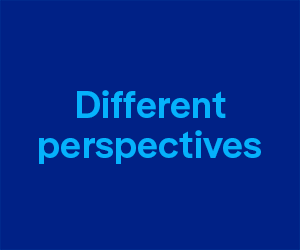EXTON, PA. – The Society of Cable Telecommunications Engineers (SCTE) today announced the publication of a new standards document, SCTE 130-10 2013, that is designed to provide programming networks and cable system operators with new abilities to selectively enable or disable Fast Forwarding in on-demand content and advertising.
The document, entitled “Stream Restriction Data Model (SRDM),” is part of the SCTE 130 suite of Digital Program Insertion – Advertising Systems Interfaces that ensure the interoperability and procedures needed to seamlessly deploy advanced advertising services in a multi-vendor environment.
SCTE 130-10 defines how programmers and operators can selectively disable Fast Forward functionality when needed or desired – for example, during advertisements – while preserving the capability within other portions of the on-demand stream. Historically, disabling or enabling Fast Forward within any portion of an on-demand stream has required that the functionality be applied to the entire video stream.
SCTE 130-10 was developed by Working Group 5 of SCTE’s Digital Video Subcommittee (DVS). The standard is available for download free of charge at http://www.scte.org/documents/pdf/Standards/SCTE 130-10 2013.pdf.
“As technology presents new options for viewers, it’s important that programming networks and cable operators have the tools they need to ensure the success of their business models,” said Les Carter, vice-president and chief architect of BlackArrow, who served as editor for the document, in a release. Paul Woidke, senior-vice president, advanced advertising for Nagra-OpenTV and chairman of DVS WG5, added, “SCTE 130-10 enables implementation of business policies that can preserve the value of sponsors’ advertising investments, and at the same time allows the content control that is so important to viewers.”
The SCTE Standards Program is the industry’s only ANSI-accredited forum for the development of technical specifications supporting cable telecommunications. Standards work includes: data and telephony over cable; application platform development; digital video; emergency alert systems; network monitoring systems; cables, connectors and amplifiers; construction and maintenance practices; sustainability/energy efficiency; and more.



